Microsoft Patches Office Zero-Day Used to Deliver Malware
Microsoft’s Patch Tuesday updates for October 2017 address a total of 62 vulnerabilities, including a critical Office zero-day flaw that has been exploited in targeted attacks.
The actively exploited vulnerability, tracked as CVE-2017-11826 and classified by Microsoft as “important,” is caused by a memory corruption issue. It allows a remote attacker to execute arbitrary code by getting the targeted user to open a specially crafted file. The zero-day affects all supported versions of Office.
The weakness was reported to Microsoft by researchers at China-based security firm Qihoo 360. The experts said they first observed an attack exploiting this vulnerability on September 28. The attacks targeted a small number of the company’s customers and they involved malicious RTF files.
Qihoo 360 has not provided too many details, but its analysis of the command and control (C&C) server used by the attackers showed that the operation was initiated in August and the first attacks were launched in September.
Researchers said the hackers used phishing techniques to get the targeted users to open the malicious documents. The final payload was a Trojan designed to steal sensitive information from infected devices.
Qihoo 360 said the attack also involved a DLL hijacking vulnerability in a “well-known” security product. The affected cybersecurity vendor has not been named, but DLL hijacking flaws have been found in the products of several companies, including Symantec, Kaspersky Lab, Rapid7, F-Secure and Comodo.
Microsoft has also patched two vulnerabilities whose details were publicly disclosed before fixes were made available. This includes an XSS vulnerability in SharePoint (CVE-2017-11777), and a denial-of-service (DoS) issue in the Windows subsystem for Linux (CVE-2017-8703).
A total of 27 flaws have been classified as critical, including a remote code execution vulnerability related to Windows DNSAPI (CVE-2017-11779). Microsoft also published an advisory to warn users of a security feature bypass affecting the firmware of Infineon Trusted Platform Modules (TPMs).
The updates released by Microsoft last month patched roughly 80 vulnerabilities, including a .NET zero-day that had been exploited to deliver FinFisher malware to Russian-speaking individuals.
Adobe has not released any Patch Tuesday updates. If no patches are released until the end of the month, it will be the first time since July 2012.
